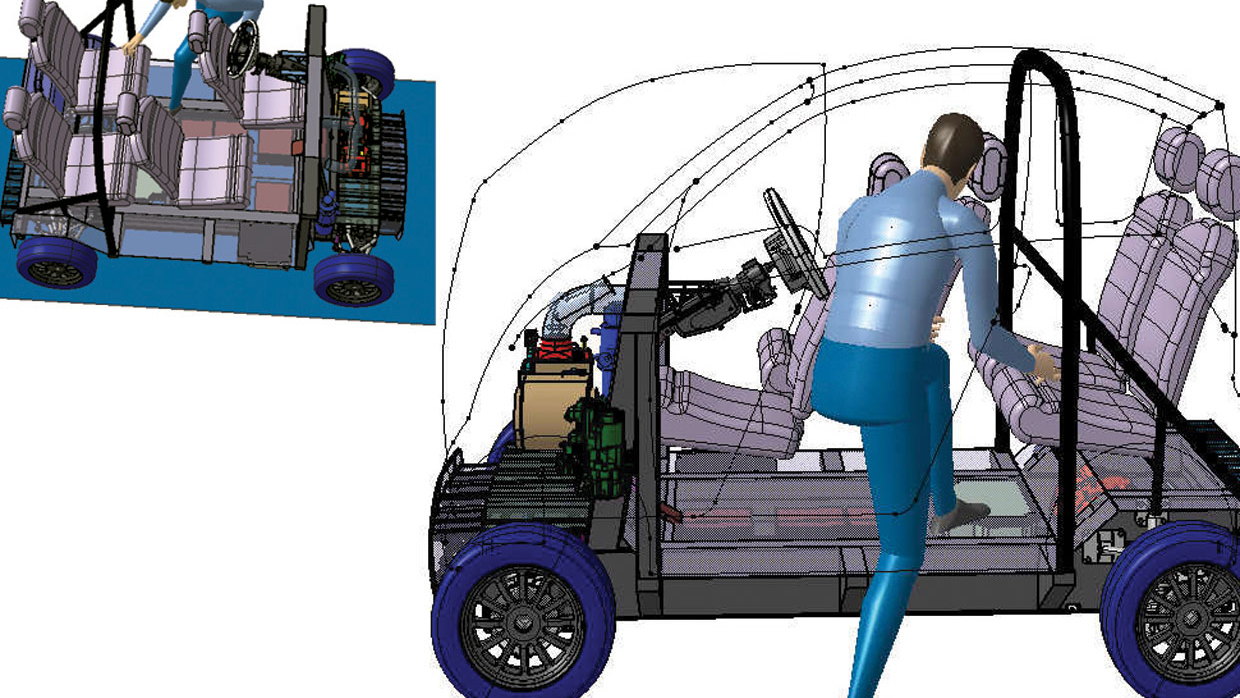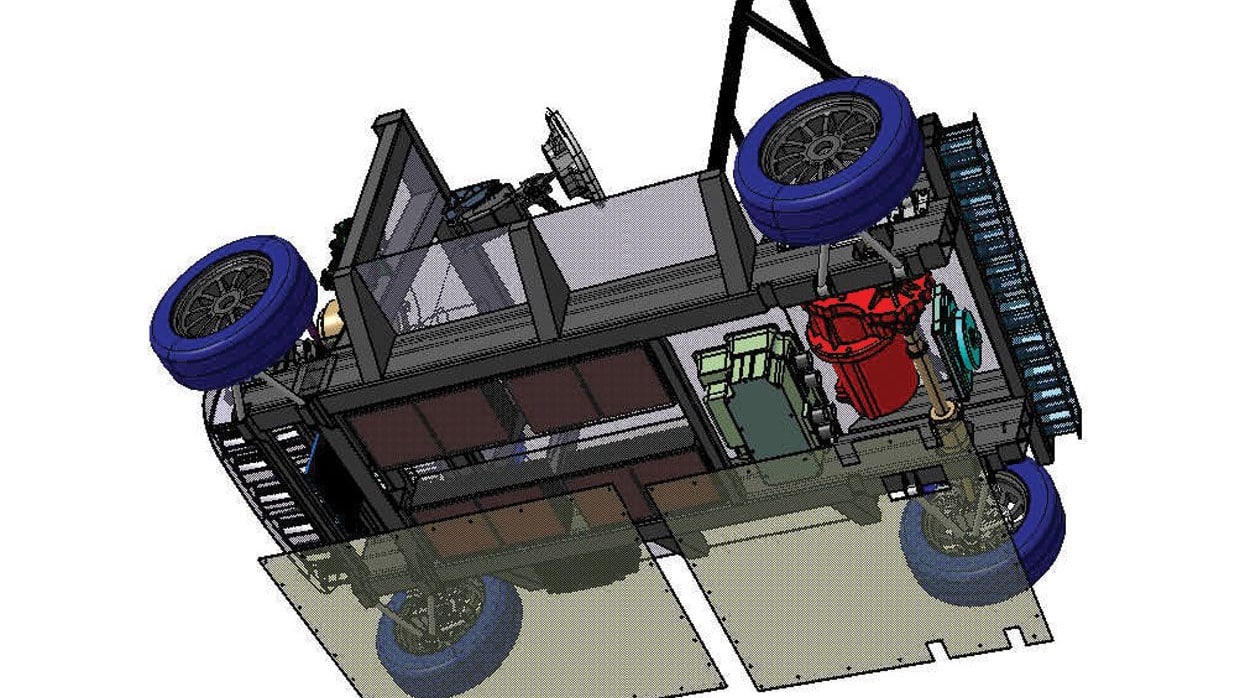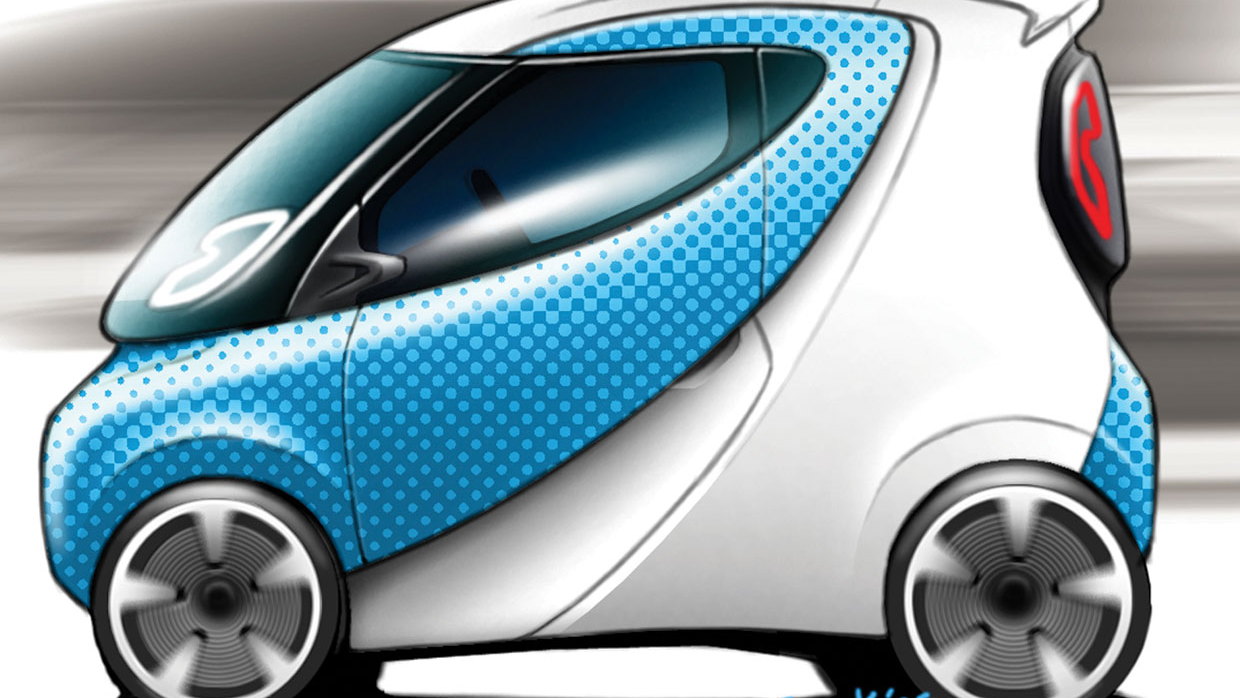The result is the attractive - if somewhat familiar in profile - vehicle shown here and in the video below. Designed to a core set of specifications in just two weeks, the car shows what could be done with a premium city-car format EV in the near future.
Unfortunately for Americans, however, the car wasn't designed for those 1% driving activities we like to buy our cars for. You know - those trips with 11 passengers through impassable mountain terrain at speeds over 100mph. Instead, it was designed for the 'average European journey' - a distance of about 14mi with a top speed of 65mph and an average speed of about 40mph.
Those are fairly modest design goals compared to the 200mi-plus, 125mph EVs coming out of Tesla at the moment - coincidentally also designed with the aid of Lotus.
The core features of the Lotus-AE EV that enable the car to meet these goals is a 37kW (50hp) motor, 10kWh battery and a simple bonded aluminum chassis that can be adapted modularly to other form factors. This combination allows for a final size that's almost dead-even in size with a Smart ForTwo, smaller than a Toyota iQ - though it's taller than both - and a turning radius tight enough to make a U-turn on all but the narrowest city streets.
For more details on the car and its design process, check out the full story at Automotive Engineer, and watch the video below.






